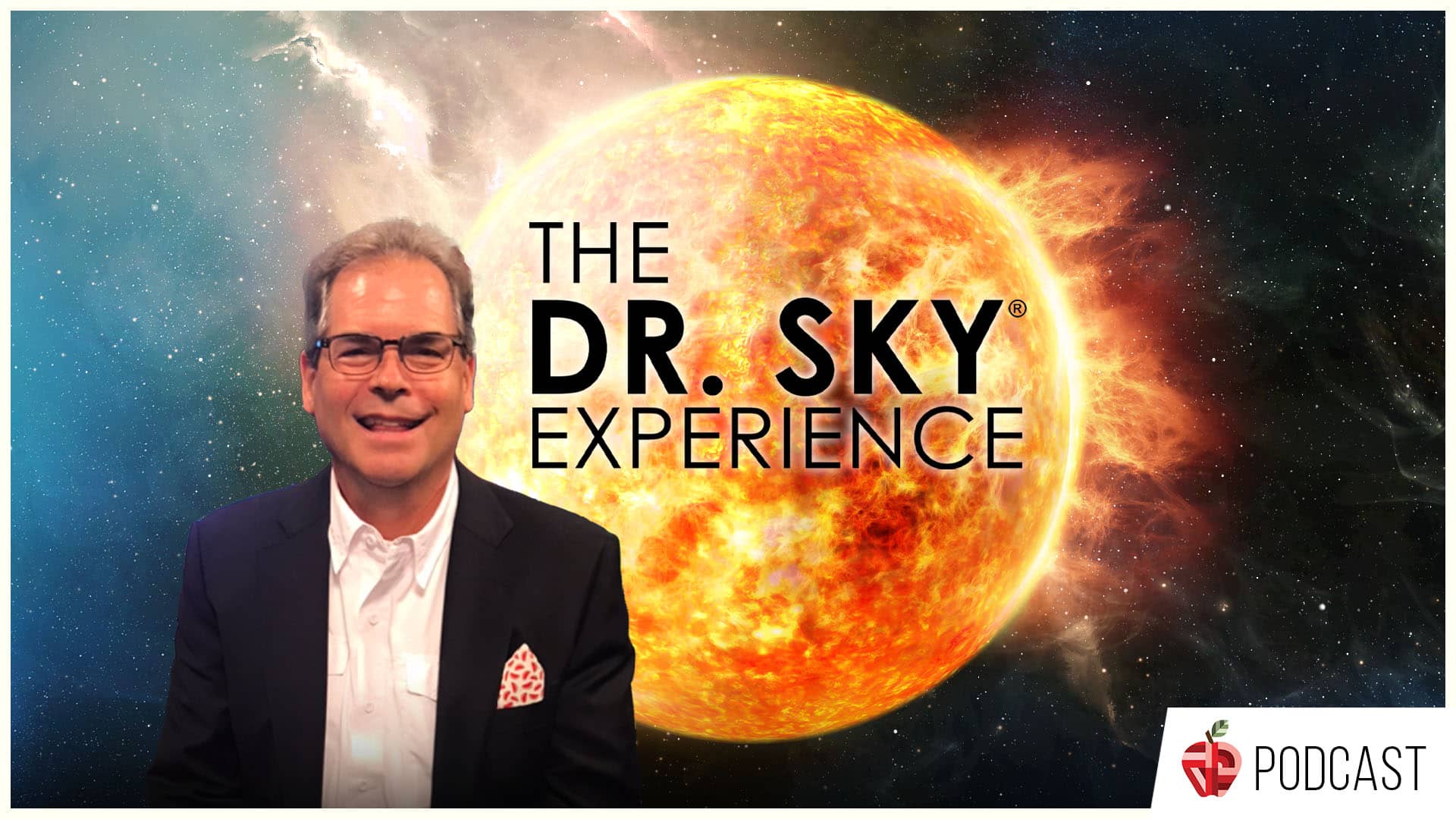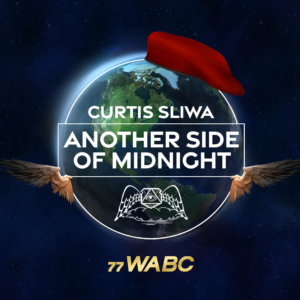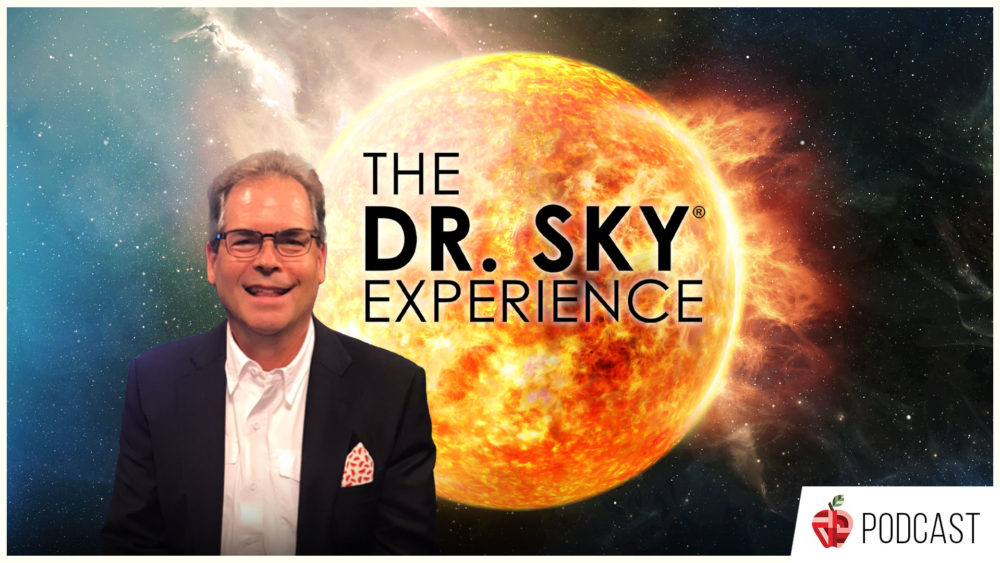
dr-sky-1920X1080-v2
With February, the month of love just around the corner; a comet, a nice array of planets and the beauty of the Full Snow Moon await your attention!
There is a lot of activity brewing with the new comet C/2022 E3 (ZTF) as it streaks along in our February skies.
This comet has received a lot of attention in the media and some of it is not accurate!
Many internet sources give the impression that for some reason, the comet (ZTF) is a very bright and easy object to view, due to its upcoming close proximity to Earth.
The truth be told; Comet (ZTF) is coming close to Earth by some 26,000,000 million miles on February 2nd, but it will remain a binocular or telescope object for most city dwellers to say the least.
I have observed the comet from my location in Phoenix, Arizona in the early morning sky and even in moonless city skies, the comet was just a small puff of an object.
The comet may get a bit brighter over the next few weeks and will remain in our February skies, all night for northern hemisphere observers.
To get the best information on the location, magnitude and distance, we suggest this informative link:
https://theskylive.com/c2022e3-info
The comet will move closer to the north star, Polaris by January 29th and make a very close pass by the planet Mars on the evening of February 10th, by a degree or so!
Seeing the comet is just incredible, as the last time it returned to the vicinity of the Sun, this was some 50,000 years ago. Comets have nothing but time!……..
The Moon puts on its regular show in February with the second full moon of the year on
February 5th at 1:29p.m. EST .
Look for the Full Snow Moon rising in the east just after sunset as it brightens up our skies.
Last quarter Moon is on February 13th and the Moon then becomes a waning crescent in our early morning skies. The return of the new Moon is on February 20th. This is always the best time to view faint sky objects like the comet and other deep sky objects.
The waxing crescent Moon is now visible low in the SW sky at dusk by February 22nd.
On that evening, the Moon will pass within 2 degrees of the planet Venus after sunset.
An amazing sight to see!
Jupiter is also in the same area of the sky to add to the splendor of the Valentine season. Jupiter and Venus have that special love connection in the sky that night too!
For those with large telescopes, we get a very close conjunction of Venus with Neptune on the evening of the 15th, as Venus grazes Neptune by some 45 seconds of arc on the 15th at 7:19 a.m. EST.
By the evening of the 15th, observers after sunset may get to still view this close event. Venus is very bright, but Neptune is very faint. Here are the details on this and other close conjunctions for 2023:
https://starwalk.space/en/news/planetary-conjunctions
If you miss this rare event, get set for an easy and most amazing conjunction of Venus and Jupiter on the evening of March 1st. Both planets will be within a Full Moon diameter in the sky at sunset in the SW sky. This is one of the best conjunctions of all of 2023!
Finally a nice link to get us into the spirit of Valentines Day!
Clear skies and much love!
To print your own monthly star chart, click here.
To view satellites/dates/times of passage, click here.













